What’s in a robe? Tibetan Buddhist monastic robes vary slightly from robes worn in other schools of Buddhism. Additionally, there are slight variations in style in the four schools of Tibetan Buddhism as well although the colors maroon, yellow and sometimes red, are the same. Nonetheless, all buddhist robes follow the ethical rules lain out in the Vinaya-pitalka of the Pali Canon.
Symbolizing the renunciation of worldly attachment, the Buddha taught that the robes should be made only of discarded or unwanted cloth – traditionally, monks and nuns would scavenge cloth from rubbish heaps and cremation grounds. or what is called in Sanskrit pāmsūda or pāmsūla. There are various lists identifying what constitutes pāmsūda. For example, cloth that has been 1) burned by fire, 2) munched by oxen, 3) gnawed by mice, or 4) worn by the dead. The Japanese equivalent of pāmsūda is funzoe, a polite translation of which is “excrement sweeping cloth” and indicates another potential source.
These scraps were washed and sewn, piecemeal and without pattern, into a rectangle large enough to wrap around and cover the mendicant. Then the rectangle was dyed, using gleaned roots and tubers, plants, bark, leaves, flowers or fruits, especially heartwood and leaves of the jackfruit tree, which resulted in a variable and generic color known in Sanskrit as kashaya, denoting mixed/variegated, neutral or earth tones. It’s also defined as “color that is not pure” or “bad color.” or perhaps refers to colors considered ugly, colors chosen to renounce that culture’s values. This also ties in with another connotation of the word kashaya, which is impurity or uncleanliness, reflecting back to the source of the cloth used.
Initially, there was no codification of what followers of the Buddha should wear, and various sutras refer to a variety in dress, some of it fairly fantastic. Traditionally, those who were ordained by the Buddha, as well as the Buddha himself, primarily wore the mendicant clothing of that time, essentially the same worn in India today – some version of a simple, serviceable, Kashaya robe.
As the story goes, this caused a problem for a Buddhist king named Bimbasara, who wanted to pay homage to Buddhist monks but was having trouble picking them out of the crowd. One day, he complained and asked the Buddha to make a distinctive robe for his monks. They were walking by a rice field in Magadha at the time, and Buddha asked Ananda, his personal attendant, to design a robe based on the orderly, staggered pattern of rows of the rice padi fields.
In Tibet,the maroon dye was easily and was therefore established as the monastic color. The color yellow has several symbolic means, such as wealth, but also earth, and by extension, a foundation. The basic outfit consists of:
- The dhonka, a wrap shirt with cap sleeves. The dhonka is maroon or maroon and yellow with blue piping.
- The shemdap is a maroon skirt made with patched cloth and a varying number of pleats.
- The chogyu is something like a sanghati, a wrap made in patches and worn on the upper body, although sometimes it is draped over one shoulder like a kashaya robe. The chogyu is yellow and worn for certain ceremonies and teachings.
- The zhen is similar to the chogyu, but maroon, and is for ordinary day-to-day wear.
- The namjar is larger than the chogyu, with more patches, and it is yellow and often made of silk. It is for formal ceremonial occasions and worn kashaya-style, leaving the right arm bare.


